Blog
How to Care for a Blind Dog: A Practical Guide
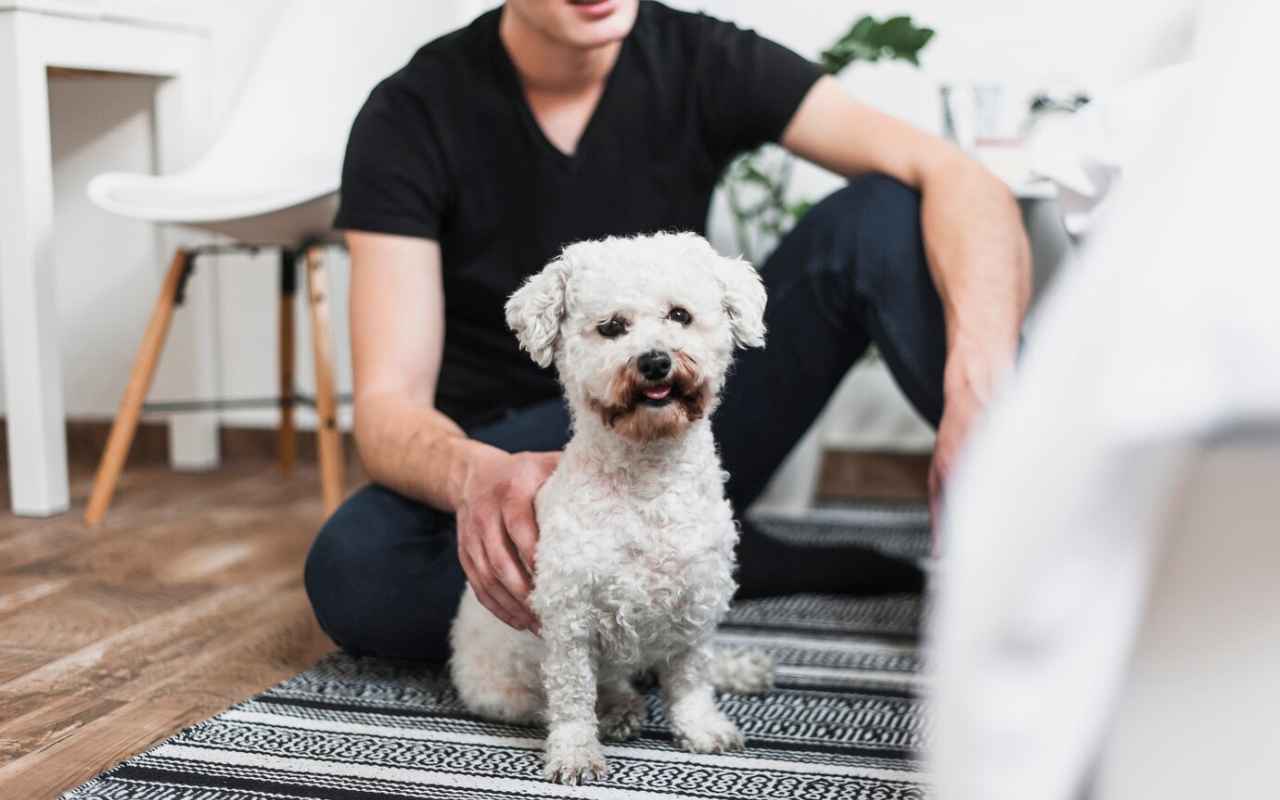
As a parent to a blind dog, I completely understand the unique challenges and joys that come with it. My 10-year-old imperial shih Tzu Reese lost her sight 2.5 years ago from autoimmune meningitis encephalitis. After intensive treatment, she recovered, but her vision loss was permanent. Since then, I’ve made adjustments to support Reese, keeping her safe and maintaining her quality of life without eyesight. This includes modifications for walking, playing fetch, and more.
Based on my personal experience, in this comprehensive guide, I’ll share the best practices to help other pet parents in similar situations.
If you’re ready to learn how to best care for a blind pup, let’s get started!
Contents
Provide a Safe, Consistent Environment
The most important thing you can do for a blind dog is provide a safe, consistent environment. Dogs rely heavily on their spatial memory to get around.
Here’s what worked for us; you can refer to our practical experience to make the following adjustments to your home and yard to help them get around confidently:
1. Keep Furniture in the Same Places
Don’t go rearranging your living room! Dogs rely heavily on their spatial memory, so keeping large objects, like sofas, tables, etc., in the same original spots will help a blind dog learn the layout and avoid bumping into things.
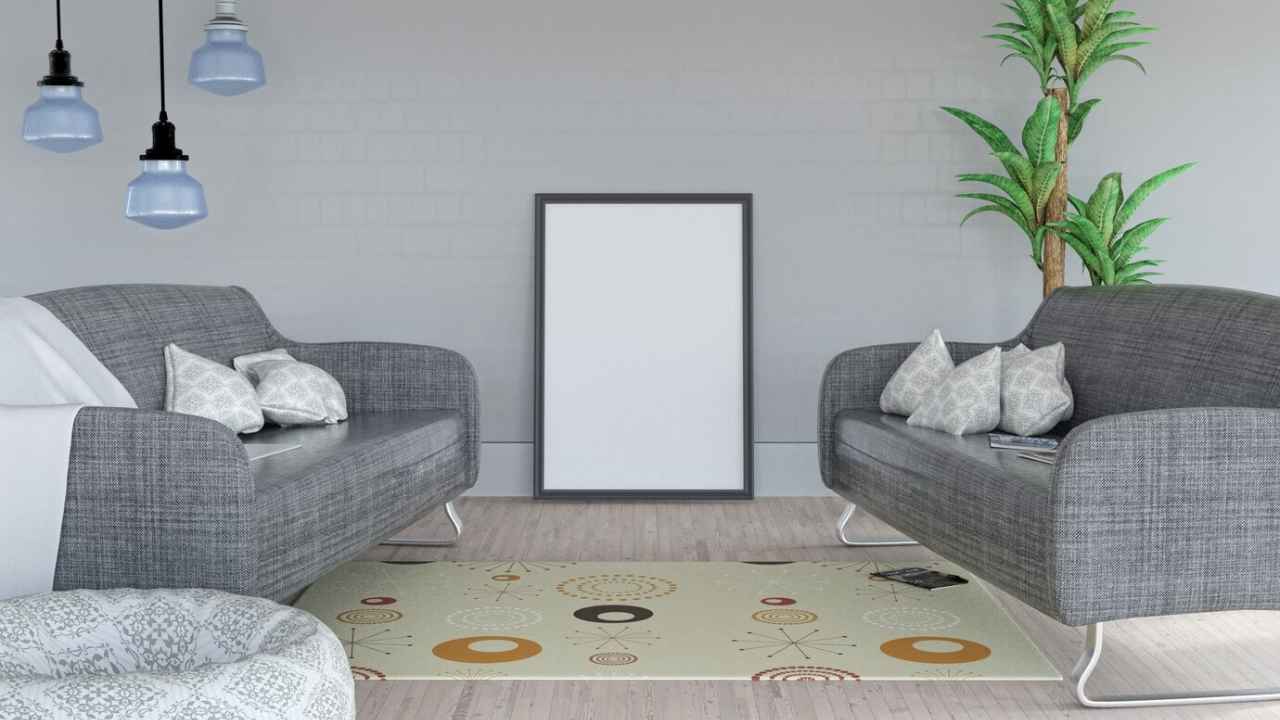
Sure, they might bump into a table leg or chair corner at first, but give it time. Soon, they’ll be pros at maneuvering around their mental map of your home.
2. Clear Pathways
To ensure a safe environment for your blind dog, it is advisable to maintain clear and unobstructed hallways, doorways, and areas with high foot traffic. This involves removing all potential hazards, such as shoes, toys, or pet bowls, that may cause tripping.
Additionally, a helpful strategy is to attach bell collars to other pets in your household. This allows your blind dog to hear their approach, promoting awareness and reducing the likelihood of unexpected encounters.
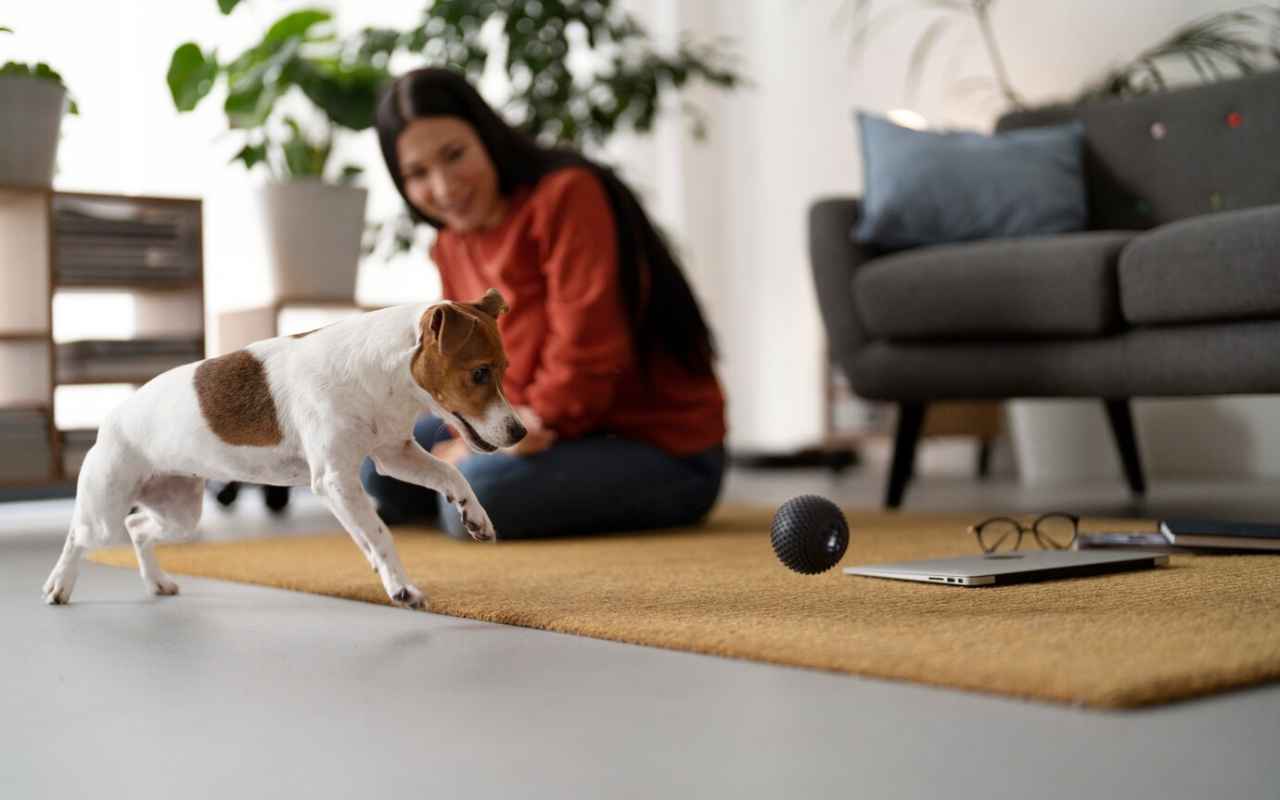
3. Use Gates/Penned Areas
For optimal safety, it’s a good idea to use baby gates to block off areas that may pose risks, such as staircases or hazardous spots. When you’re unable to closely supervise them, it’s best to confine your furry friend to a crate, a pen, or a room that has been made dog-proof.
In my own experience, I found that setting up a dedicated space in our laundry room specifically for Reese was incredibly helpful. This area provided her with a secure spot where she could eat, sleep, and play without any disturbances from our energetic toddler. Reese quickly learned the layout of this room and would seek refuge there whenever she felt stressed or overwhelmed.
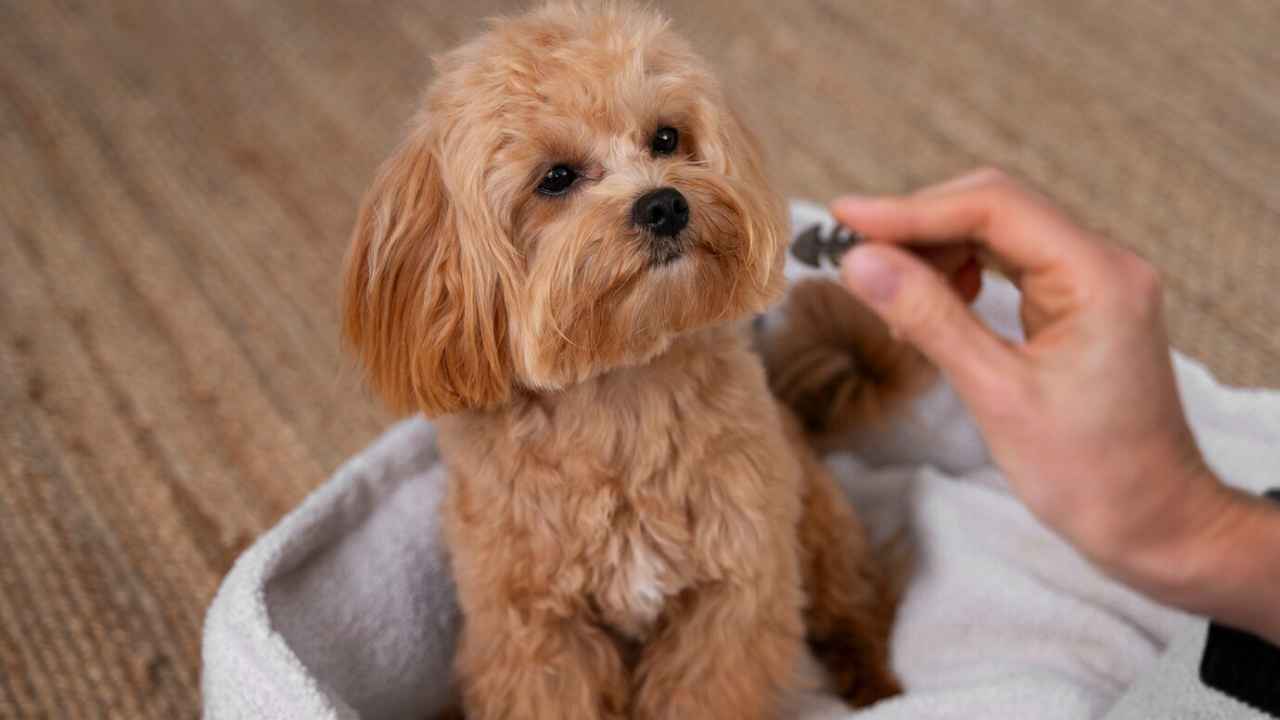
4. Fence the Yard
If you have a house with a yard, it’s important to ensure it is completely enclosed, allowing your dog to roam freely without the risk of wandering off. Additionally, consider creating a secure and gated space within the yard specifically designed for playtime and potty breaks.
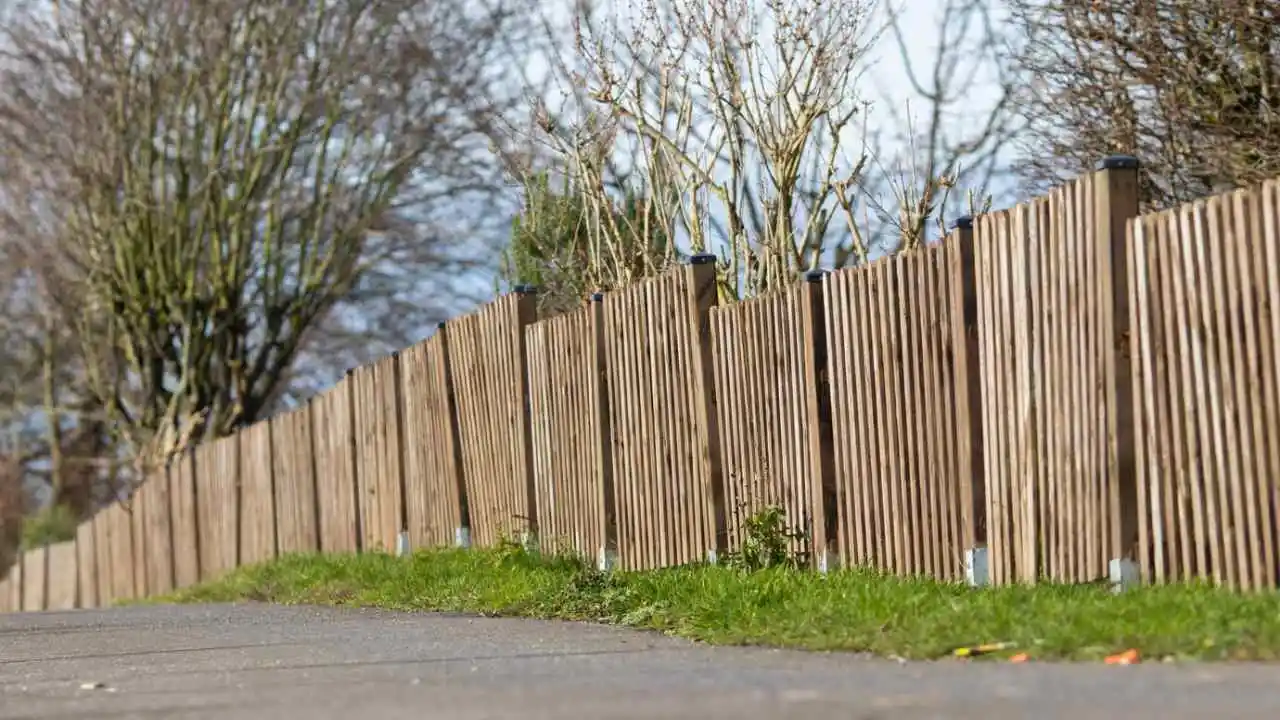
5. Reduce Fall Risks with Non-Slip Surfaces
Hardwood floors and tile can be slick and treacherous for blind pups. To improve traction, I suggest investing in some non-slip rugs or runners and placing them strategically around your home. Focus on high-traffic areas like hallways between rooms or near food bowls. The ribbed texture and rubber backing on these rugs grip your dog’s paws better and prevent scary tumbles. You can find affordable options at any home goods store.
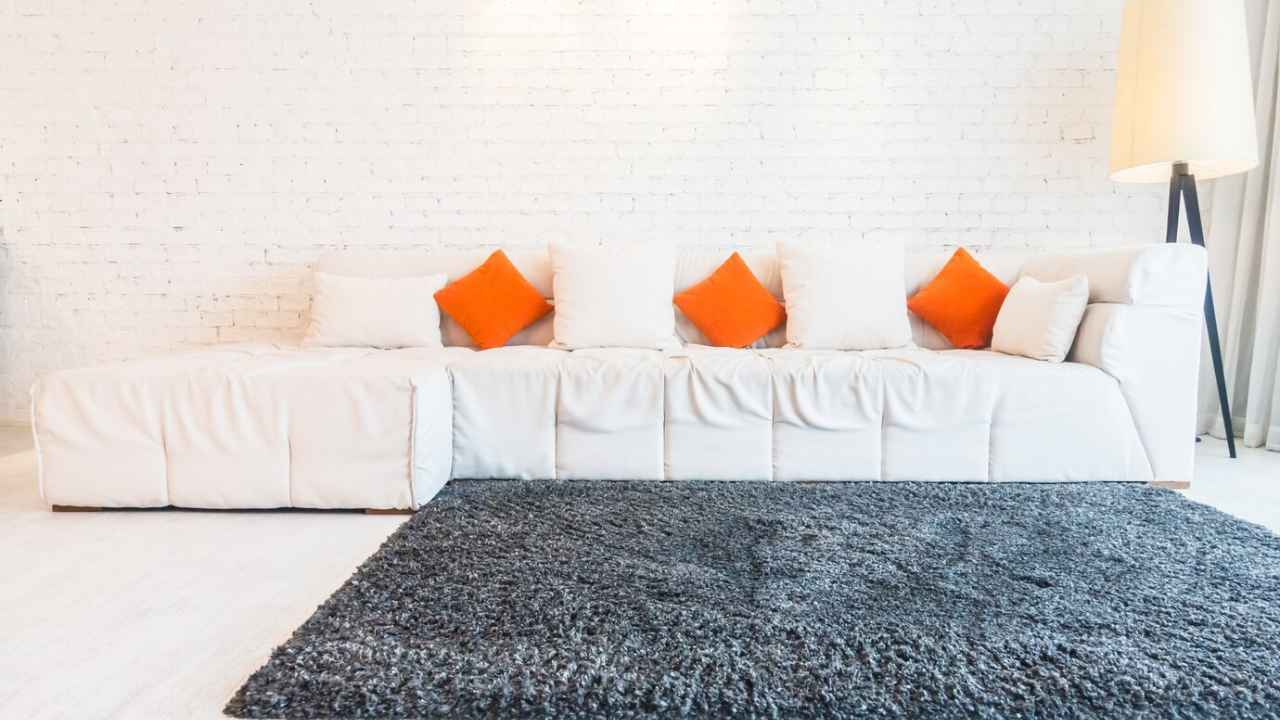
For stairs, make sure the carpet is installed or adhere to non-slip grip tape strips on each step. Pets with cloudy vision often misjudge stair heights. Adding tactile surfaces like carpet helps them gauge distances better when ascending and descending. I also placed a baby gate across my stairs when I couldn’t watch Reese. Blocking access is better than a potential fall. With some simple non-slip additions, you can significantly reduce the risk of dangerous slips.
6. Use Sound Cues to Build Spatial Awareness
Hanging bells or jingle collars on yourself, other pets, and doors can help create an auditory map for blind dogs. The pleasant chiming lets them hear and track movements around the home. I attached small sleigh bells to my shoes so Reese could follow the jingling and know where I was. Putting collars with bells on resident cats also prevented surprise run-ins.
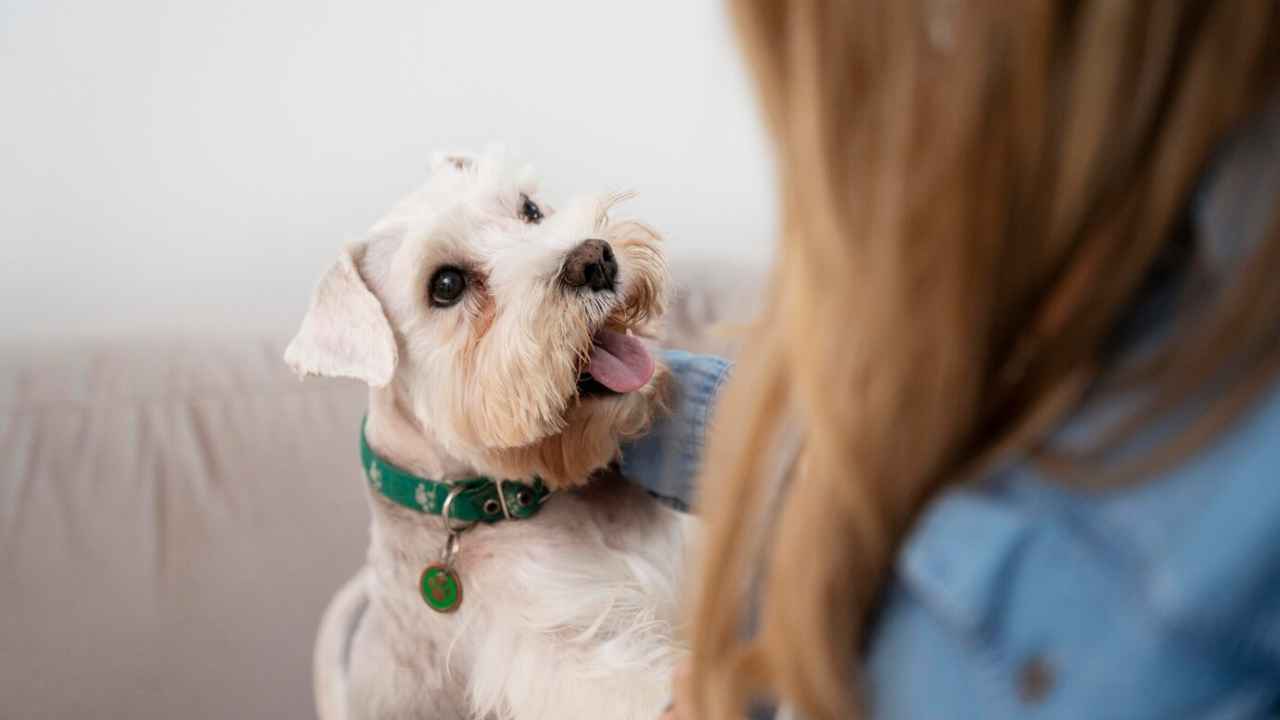
You can also wind chime strips onto doors or hang bead curtains in entryways. The sounds cue your blind pup that someone is entering or exiting the room. Eventually, they’ll rely less on the bells as they recognize footsteps, vibrations, and routine sounds. But initially, adding intentional noise makers builds their confidence in navigating independently. Let the pleasant chimes guide their mental spatial map of your home’s layout.
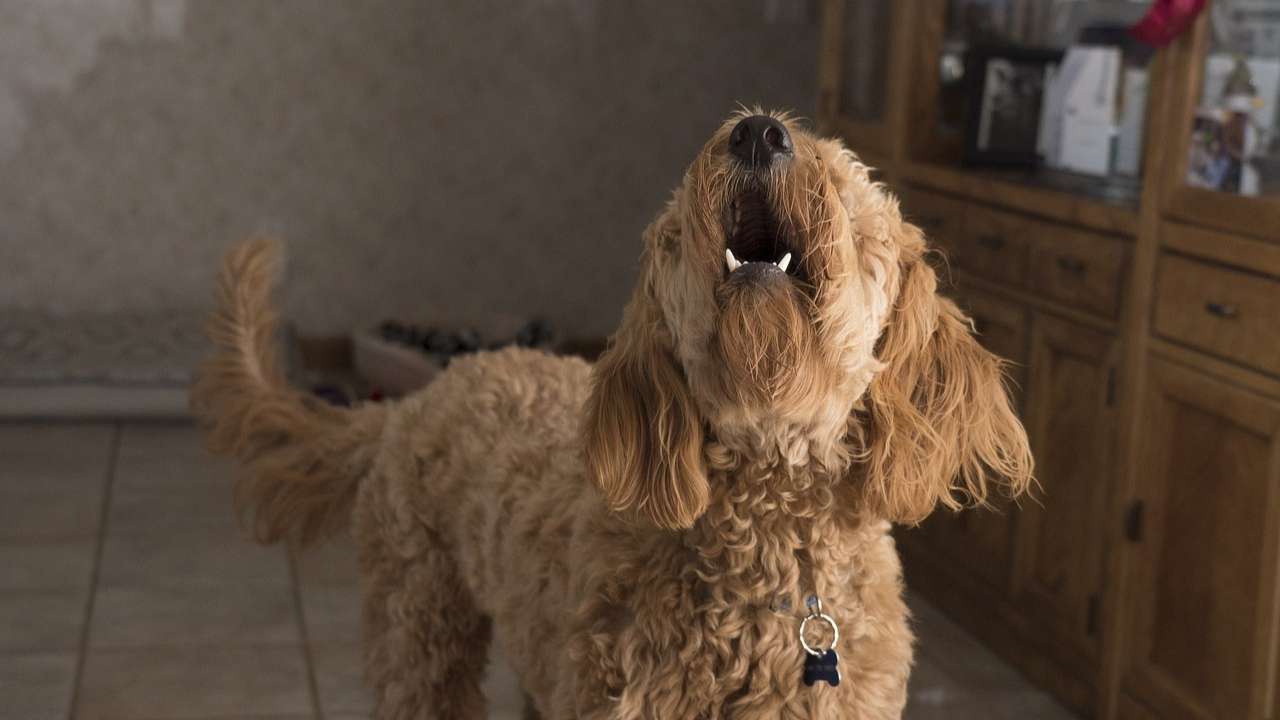
Modifying Furniture Access for Safety
Furniture placement and bedding options may need some adjustments for blind dogs. My advice is to focus on providing stable support when they need to get up or down. Here are some specific tips that worked for us:
1. Invest in Pet Ramps
Investing in pet ramps can allow blind dogs to safely access beds, sofas, and other elevated furniture. Choose solid wooden ramps or ones with soft sides, and make sure they’re snug against the furniture to avoid dangerous gaps. Encourage your dog to use the ramps with some gentle guidance, praise, and treats until they feel confident going up and down on their own.
2. Use Orthopedic Mats in Your House.
Using orthopedic crate mats or bed pads on the floor provides stability when blind dogs need to hop down from furniture. The firmer, flat surface gives their joints support compared to sinking into plush cushions. Place beds in consistent spots so your dog can locate them easily.
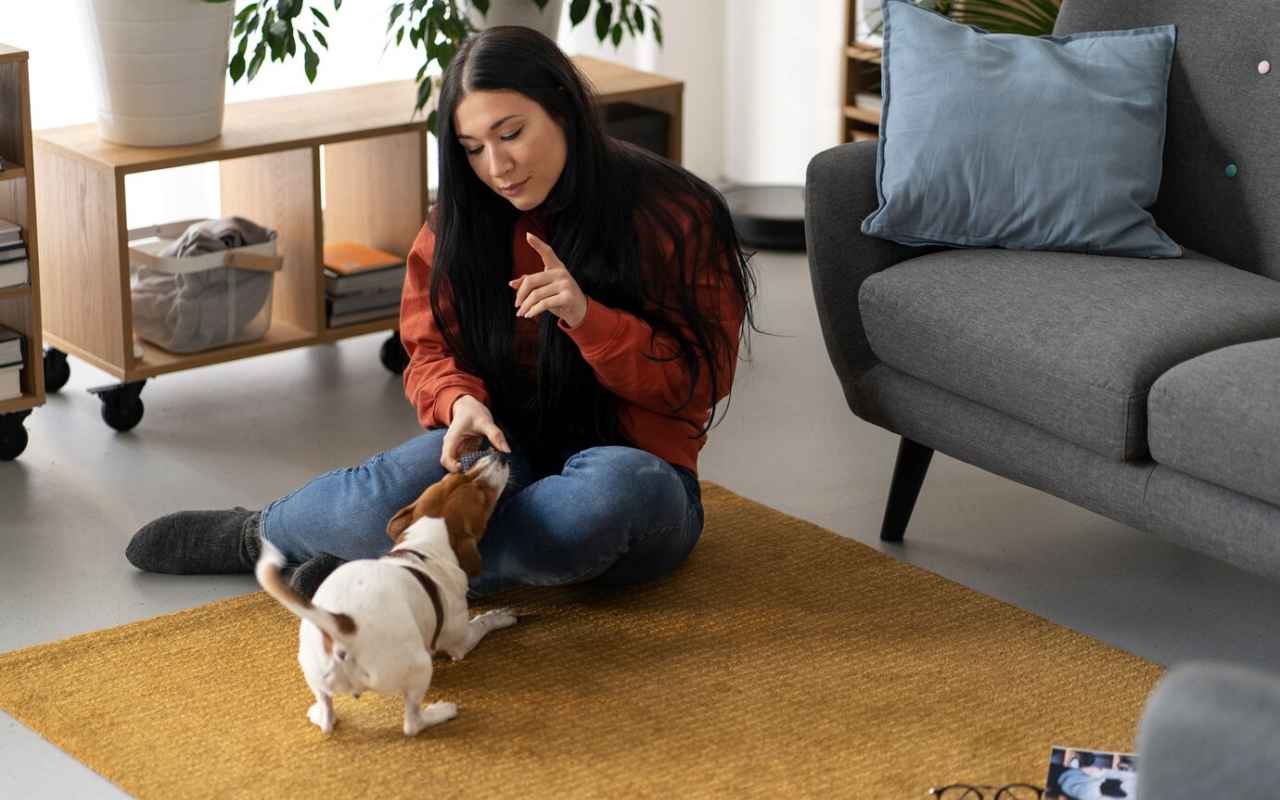
3. Introduce New Commands to Increase Safety.
Training your dog with commands like “wait” or “off” before they jump on or off furniture is crucial. Celebrate each successful step by treating them! This allows you to have control over the process and provide assistance when necessary. Over time, they will learn to wait for your cue before taking action.
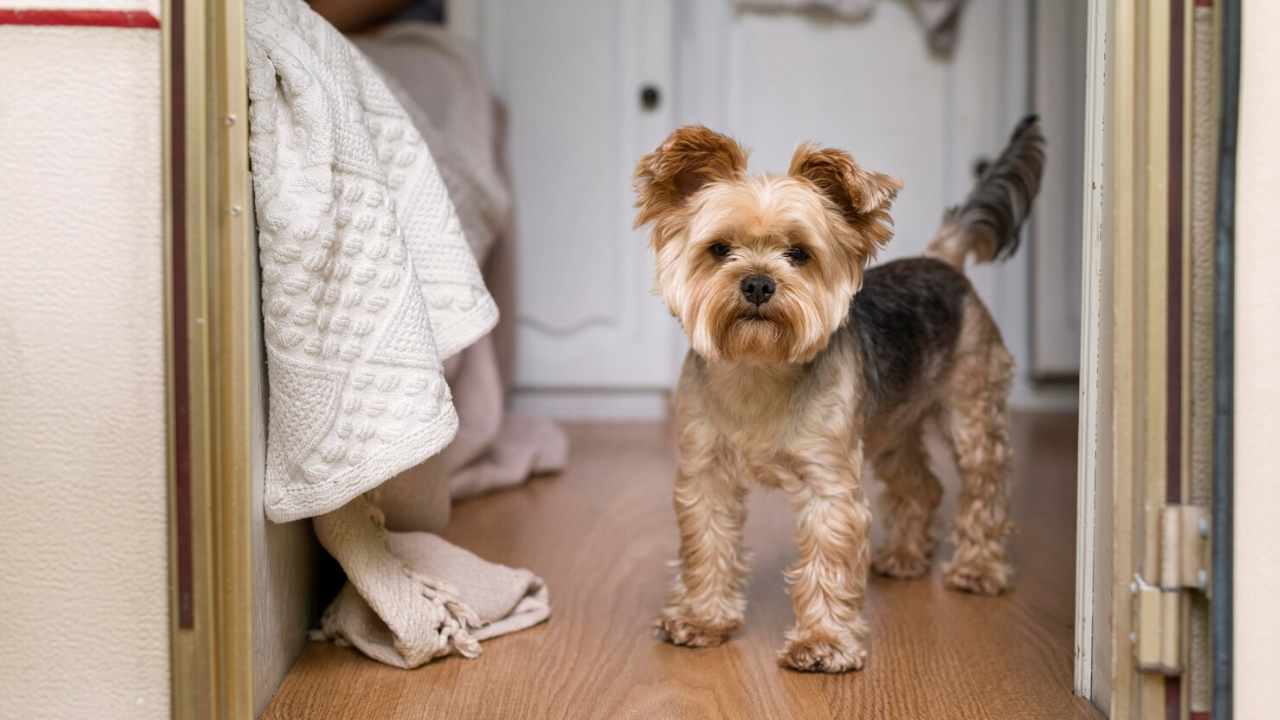
Provide Engaging Activities
My key advice is to get creative and modify your dog’s favorite games to accommodate their vision loss. With a bit of innovation, you can absolutely find ways to keep your blind pup mentally and physically engaged.
Based on what worked well for my dog, Reese, here are some more detailed tips for adapting playtime:
1. Mentally Stimulate Them with Puzzle Toys
Puzzle toys are a must-have enrichment tool for visually impaired dogs.
These toys encourage your dog to use their paws and noses to release kibble or treats, providing a rewarding experience that keeps them mentally stimulated.
One highly recommended puzzle toy for blind dogs is
Twirl-n-Treat Rotating Dog Puzzle Toy
This flat puzzle features five food-hiding compartments that are partially covered by a twisting bamboo panel. Your dog must figure out how to twist the top panel to uncover the hidden treats. To access the treats, your dog must figure out how to twist the top panel, revealing the hidden goodies. The spinning action and the sound of treats dropping into the compartments provide excellent auditory feedback, keeping your pup engaged and excited to play.
SHOP NOW
When introducing the Twirl-n-Treat puzzle to your blind dog, start by placing treats in only a couple of the compartments, making it easier for them to understand the game. As they become more adept at solving the puzzle, gradually increase the difficulty by filling more compartments and even placing treats under the sliding panel itself.
Key Features:
- Spinning bamboo panel over treat compartments
- Bamboo construction
- Interactive twirling treat puzzle
- Promotes natural foraging behaviors
Another fantastic option for blind dogs is the
Hide-n-Slide Brain Dog Toys
This advanced-level interactive bamboo puzzle toy has a frame with eight hidden compartments covered by four sliding wood panels. Your dog must slide the panels side-to-side to reveal the treat-filled spaces. To make the puzzle even more challenging and engaging, try placing clean fabric strips in the compartments along with the treats, encouraging your dog to use their problem-solving skills and keen sense of smell to find the rewards.
Key Features:
- Sliding wood panels over 8 compartments
- Made of durable bamboo
- Advanced-level interactive treat puzzle
- Promotes problem-solving abilities
In addition to these specific puzzle toys, you can also offer your blind dog classic toys like Kongs, which can be stuffed with tasty fillings like cottage cheese, peanut butter, or their favorite wet food. These long-lasting treats not only provide mental stimulation but also help satisfy your dog’s natural chewing instincts, keeping them content and occupied.
To keep your blind dog interested and engaged with their puzzle toys, it’s essential to rotate them regularly, offering new challenges and experiences. Look for toys with adjustable configurations or difficulty levels so you can continue to provide fresh, stimulating activities as your dog’s skills improve.
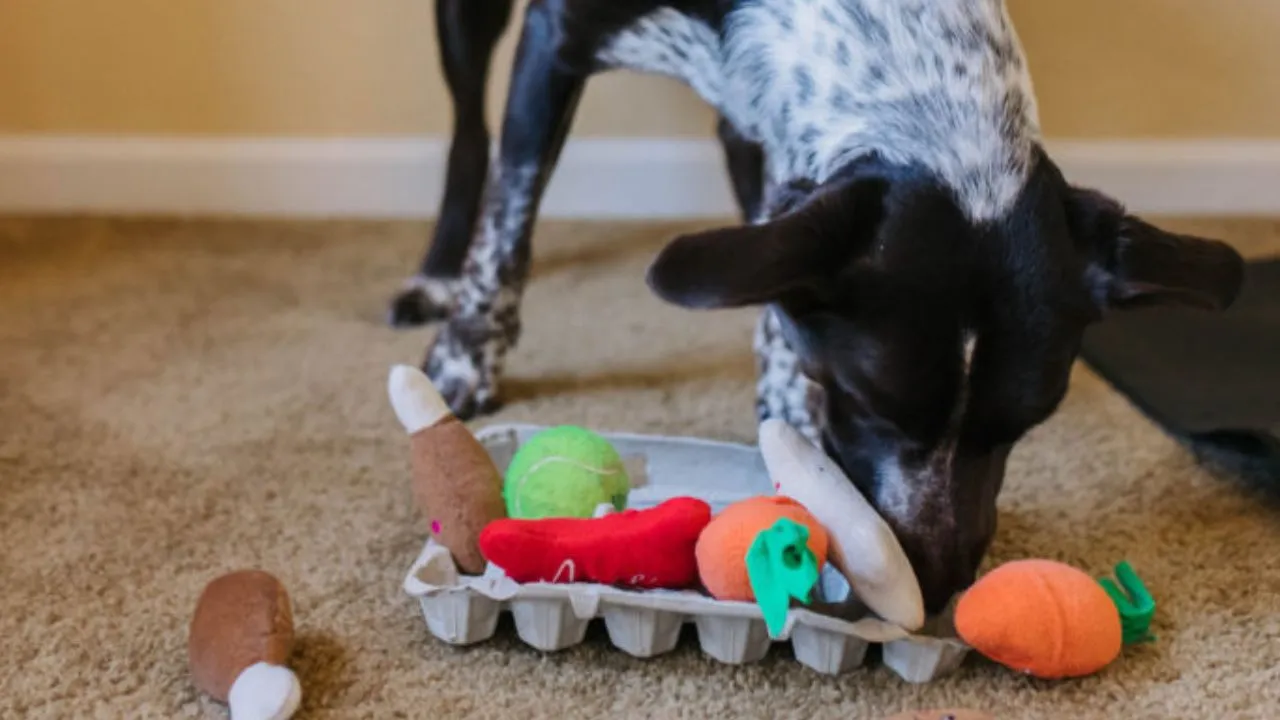
When introducing any new puzzle toy to your blind dog, remember to be patient and offer plenty of encouragement. Guide their nose to the toy and help them understand how to manipulate it to release the treats. Celebrate each success with verbal praise and extra treats, reinforcing the idea that playing with puzzle toys is a fun and rewarding experience.
2. Get Noisy with Squeaky Toys
Noisemaking plush toys are a favorite among blind dogs and can provide them with hours of entertainment. The squeaks and crinkling sounds allow them to hone in on the toy’s location when playing fetch or tug-of-war. I found that adding a small bell to Reese’s favorite stuffed animals helped even more. The closer she got to her target, the louder the bell became. You can also roll noisy plastic bottles for them to chase the sound.
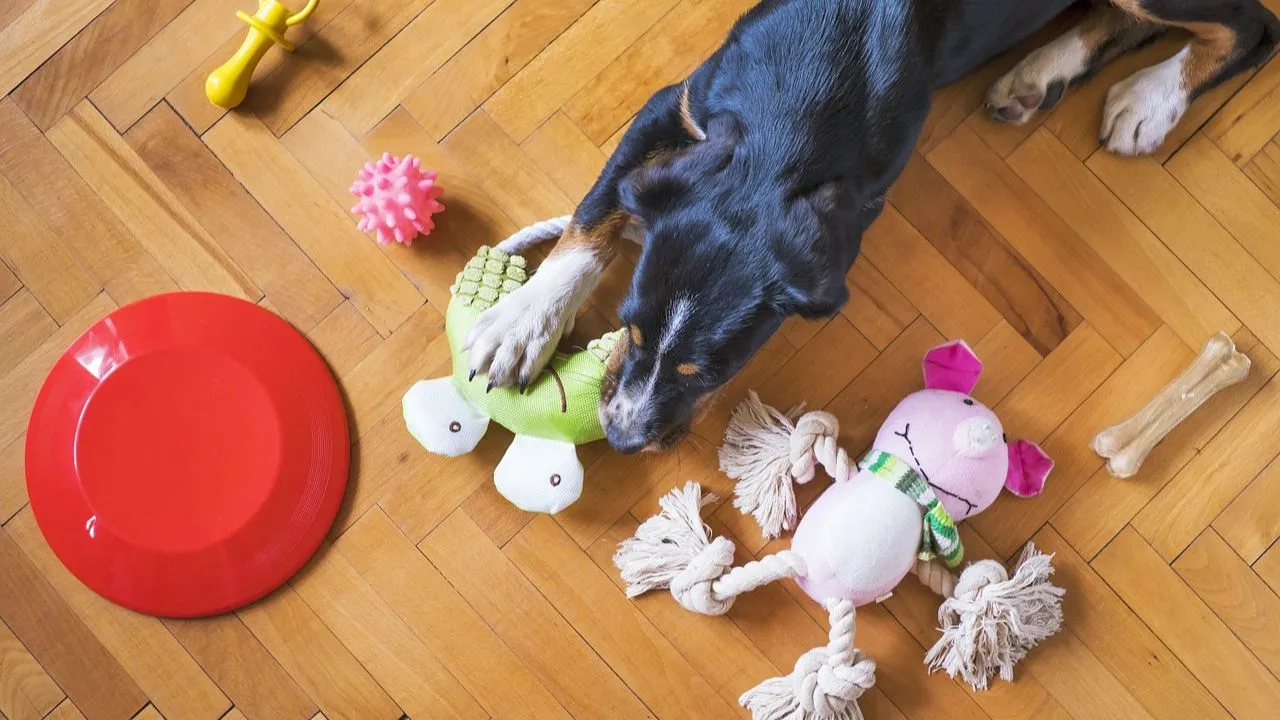
3. Stimulate Their Nose with Snuffle Mats
Snuffle mats are another interactive toy for blind pups. These mats have thick strands of fabric or rope that you can hide treats and kibble inside. Your dog will sniff out the goodies buried in the mat, keeping their mind sharp and satisfying their scavenging instincts. You can start with a simple pattern of treats so your dog quickly learns that the mat equals food time.
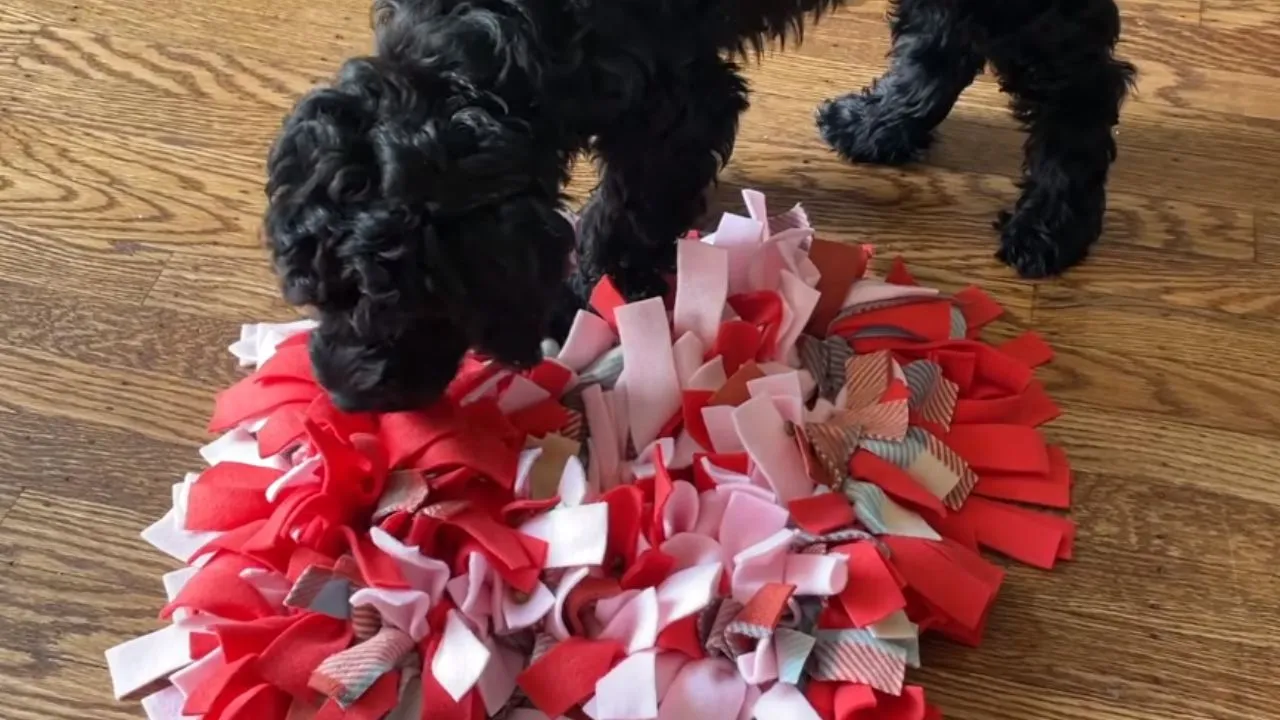
4. Engage Their Nose with Find It Games
One of Reese’s favorite games was hunting down treats hidden around a room. I would place strongly scented, enticing treats in easy-to-reach spots and encourage her to “find it.” Let them sniff and explore at their own pace at first. Once they seem to catch on, make it more challenging by hiding treats under overturned bowls.
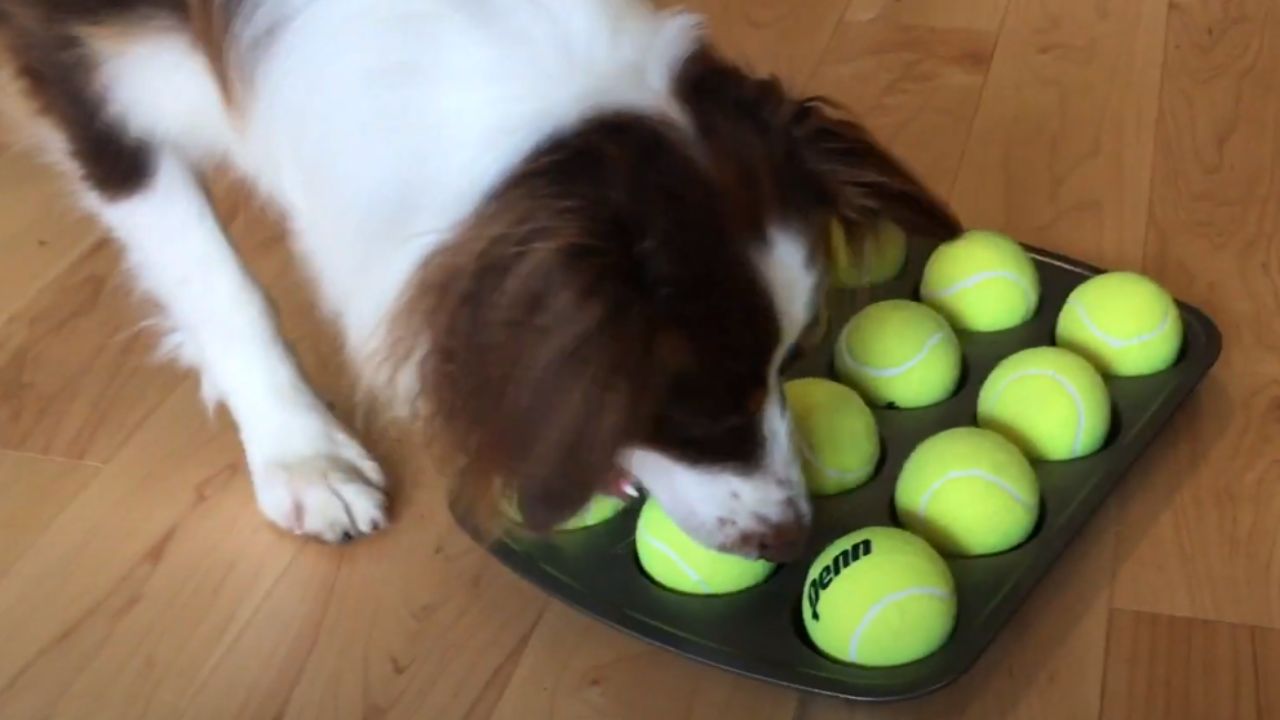
Use Sound Cues for Reassurance
Ambient noise from a TV or radio while you’re away can be very reassuring for blind dogs. The auditory cues help them orient themselves around different rooms of the home and feel less isolated. I found that keeping NPR or an audiobook playing helped reduce Reese’s separation anxiety when I had to leave her alone. The soothing chatter reminded her she wasn’t totally alone, even if I was gone.
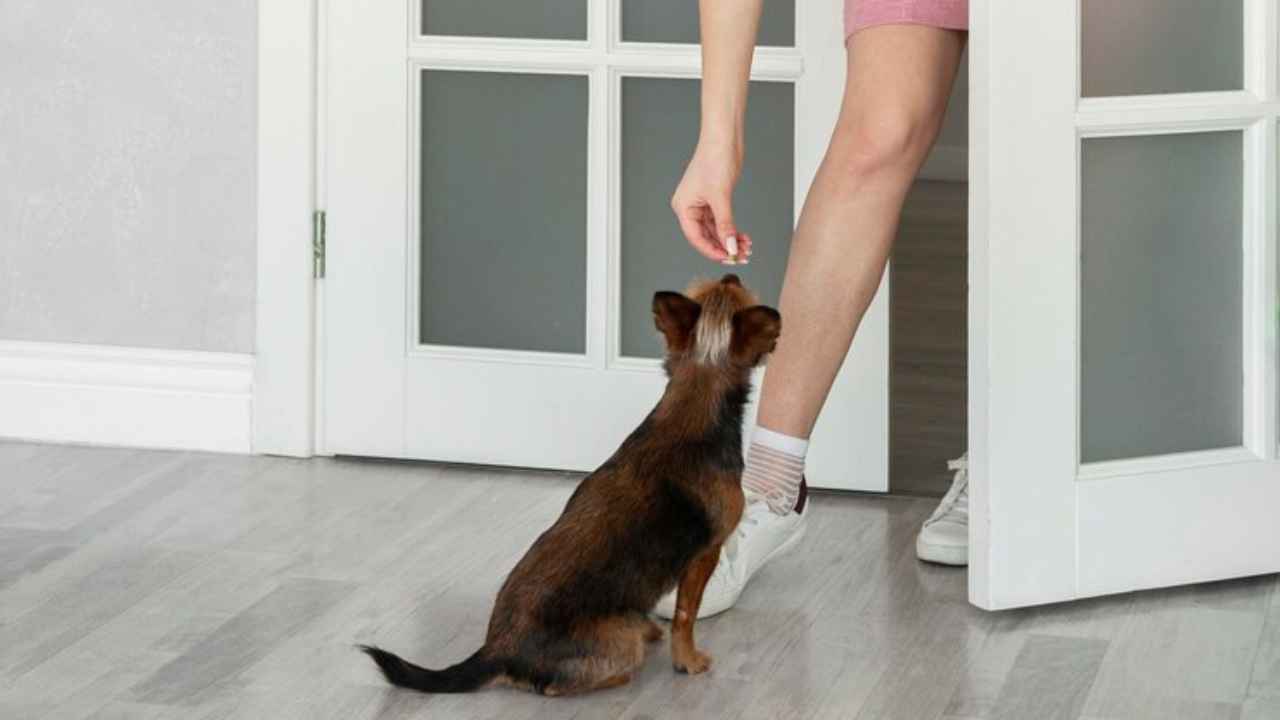
You can experiment to see what kinds of sounds your dog responds to best. Some pets prefer classical music, while others may find nature sounds like bird calls or ocean waves most comforting. Keep the volume low to moderate so it’s present but not overwhelming. Providing an audio environment for your blind buddy stimulates their senses and eases loneliness. A little background noise goes a long way in keeping them relaxed.
Final Words
While taking care of a blind dog may require extra work and time, the effort will pay off in the long run. It’s normal to feel frustrated at times with their clumsiness or confusion, but remember that they are doing their best. Most dogs quickly adjust to their new reality and thrive in a familiar environment.
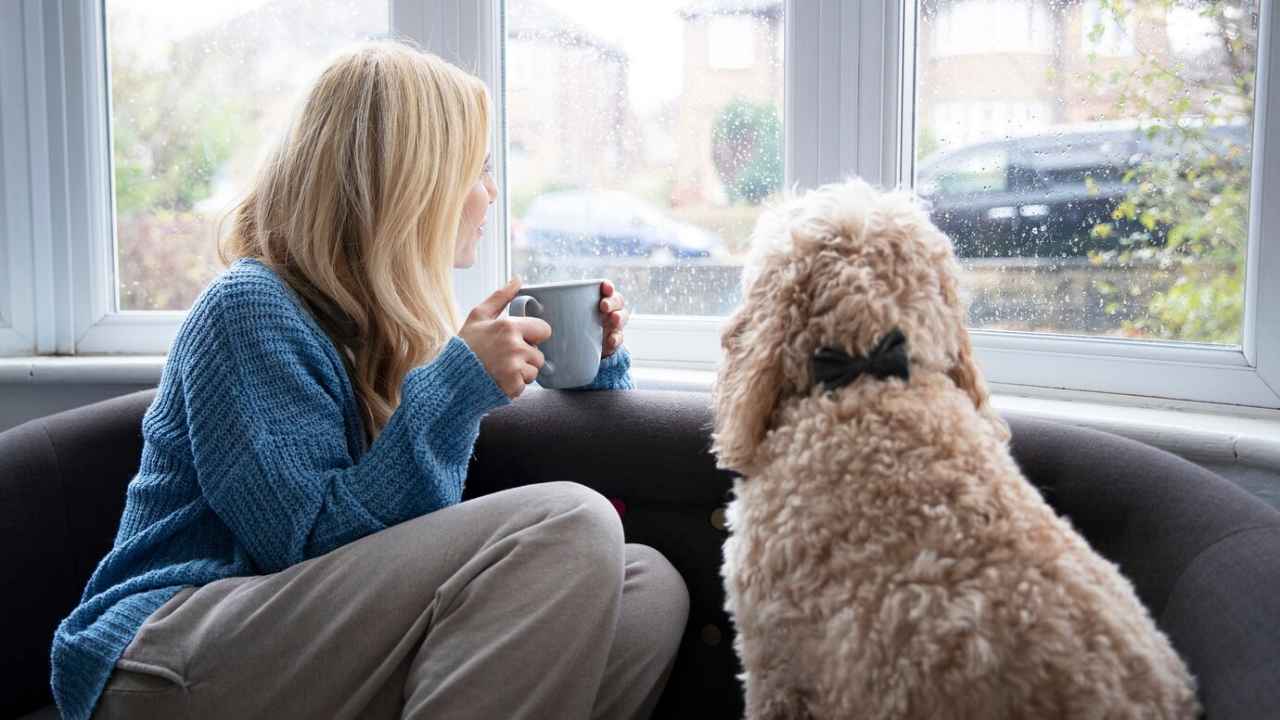
Being patient and showing love goes a long way in ensuring they live a happy and fulfilling life. These special pups are absolutely worth it!